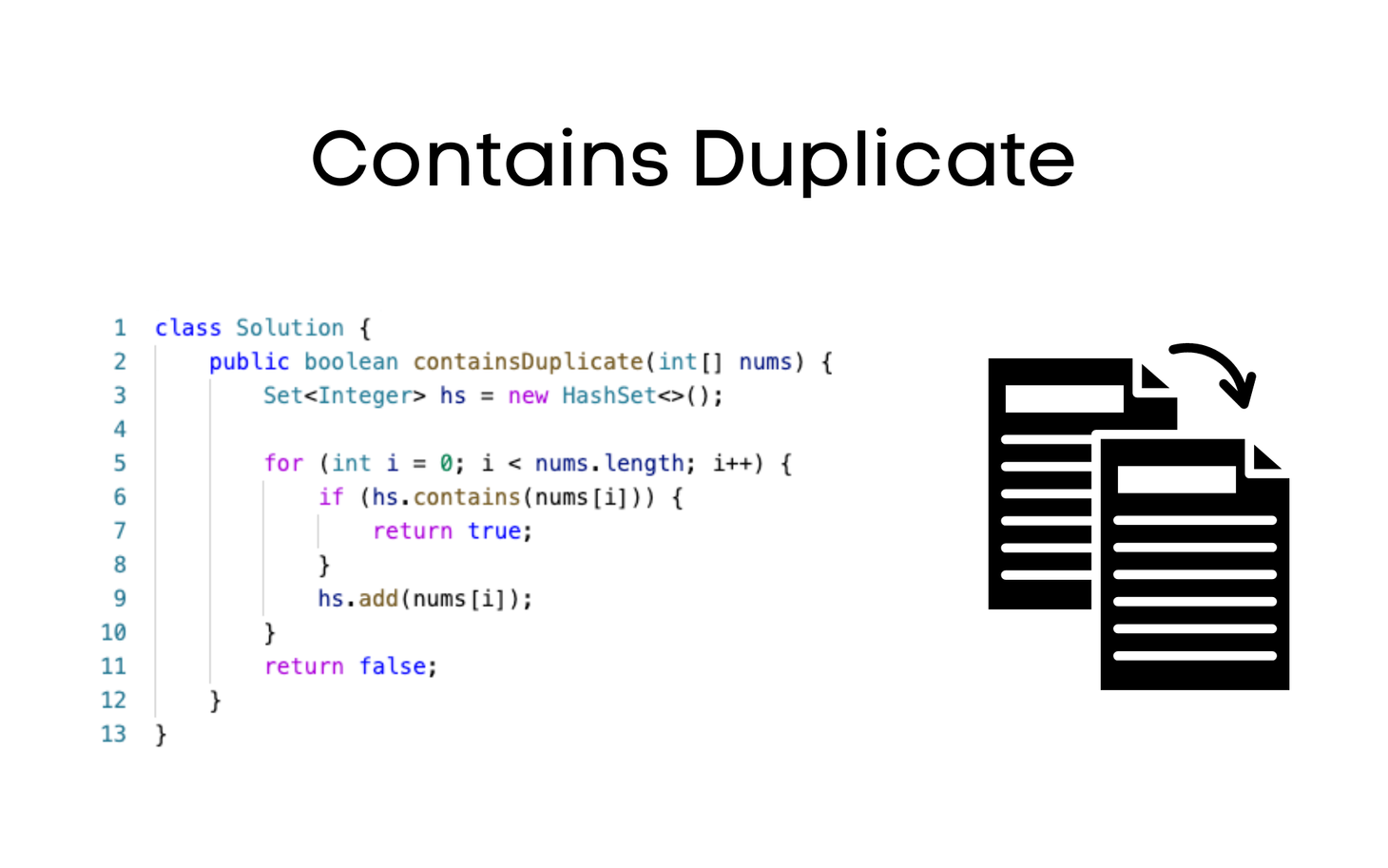What is Bit Manipulation?
Bit manipulation is algorithmically manipulating bits or other pieces of data shorter than a word. Bit manipulation is something that has constant time complexity.
This lesson will teach you how to find the duplicate element using a hashing algorithm.
